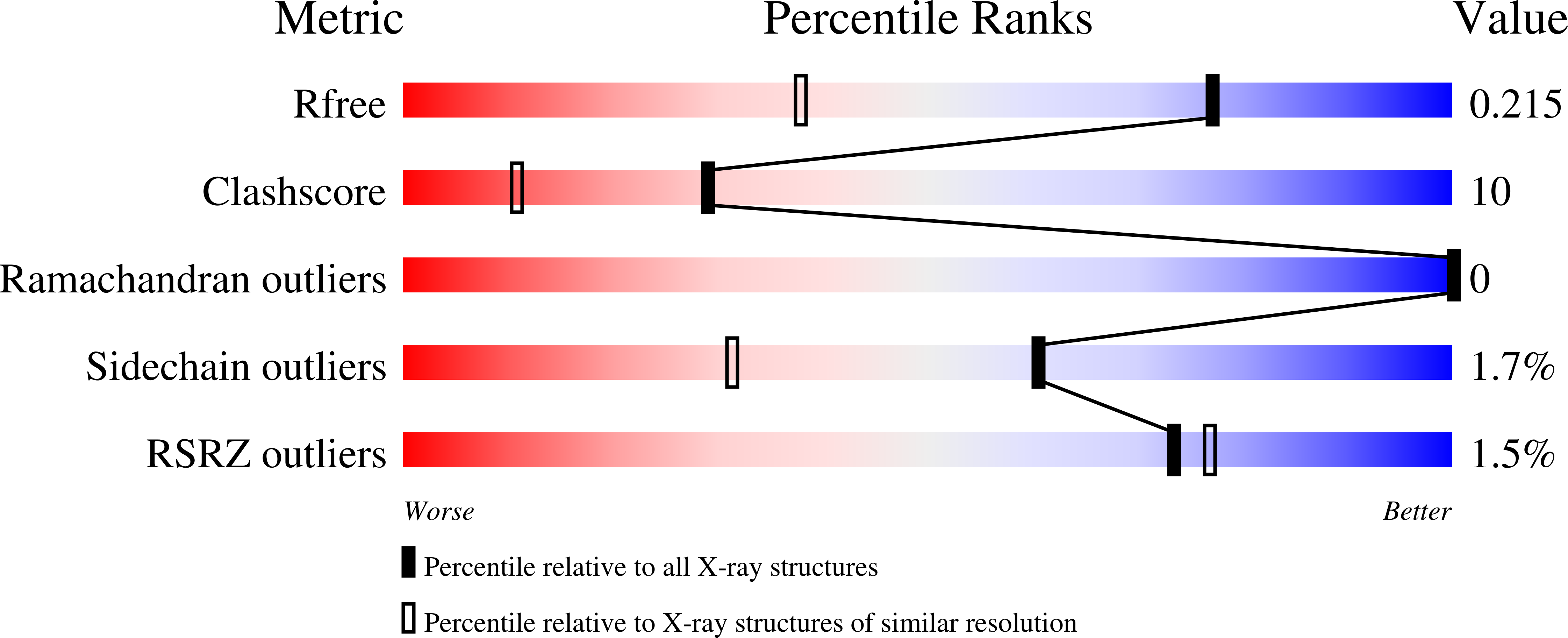
Deposition Date
2022-09-17
Release Date
2023-08-23
Last Version Date
2023-08-30
Entry Detail
PDB ID:
8EJN
Keywords:
Title:
Structure of dehaloperoxidase A in complex with 2,4-dichlorophenol
Biological Source:
Source Organism:
Amphitrite ornata (Taxon ID: 129555)
Host Organism:
Method Details:
Experimental Method:
Resolution:
1.48 Å
R-Value Free:
0.21
R-Value Work:
0.15
Space Group:
P 21 21 21


